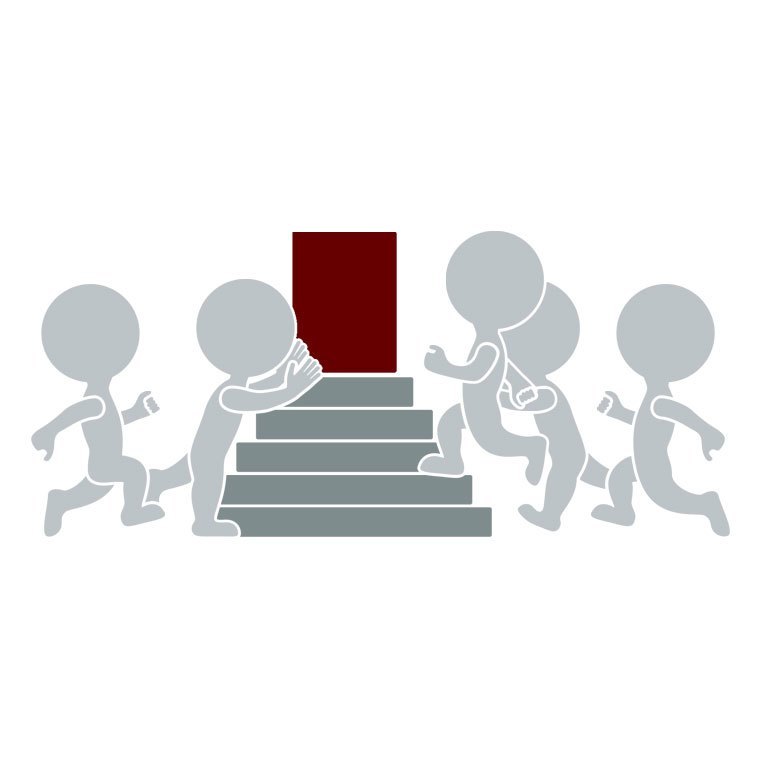In last week’s article, The Three Keys To Social Media Marketing For Orchestras, I asked readers what else of value, besides the actual music, do orchestras have that is interesting enough to potential ticket buyers and donors that it can be given away as a free gift. The responses were thought provoking and I want to use those suggestions as a starting point for continuing the discussion…
 The always watching and ever thoughtful Lisa Hirsch observed that some interesting variations on traditional resources might be a good place to begin looking.
The always watching and ever thoughtful Lisa Hirsch observed that some interesting variations on traditional resources might be a good place to begin looking.
Each SF Symphony program has a couple of pages of little interviews with an orchestral musician. There are typical questions: how’d you start playing your instrument? what music do you love? what are you reading? what are your hobbies?
These could go on the web site, too. I would additionally like to see behind-the-scenes articles about subjects like how the conductor prepares, how a season is put together, rehearsal photos, etc. No rights issues with any of this.
Lisa’s comment made me think of Elizabeth Lunday’s book, Secret Lives of Great Composers: What Your Teachers Never Told You About the World’s Musical Masters and how wonderful it would be if we had something as riveting as her material as a resource (lean more about Lunday’s book here).
Next up was composer and cultural blogger Alex Shapiro, who wants to tap into a feeling of community and referenced a recent post from another long time friend of Adaptistration, Molly Sheridan.
What sets a live orchestral performance apart from a recorded one is, among other things, the social aspect of the outing. A concert could offer an informal reception before or during intermission that includes a free beverage with the price of the ticket (alcoholic or not, although I certainly prefer my listeners to be soused). Even better, what if the management had a few “docents” that milled about and casually chatted, cocktail-party style– not “pre-concert lecture” style– with small groups of attendees? Concert-goers would feel welcomed, and informed about the evening’s offerings.
Those of us on the inside of music-making (which is almost everyone reading this blog), usually forget how lucky we are to feel so comfortable at performances. After all, these halls are like home to many of us, and it’s likely that we’ll run into friends and colleagues and maybe even grab a spontaneous bite with them after the show. Fun! But a great many people in the audience do not know another soul there, and can feel a bit out of place or even lonely, just like going to a party where they don’t know anyone. If a docent noticed someone standing by themselves, or a couple standing together, drinks in hand, not saying too much but just looking around, that’s a golden opportunity for a friendly face to approach them, welcome them, and ask them if they’d like to know a little bit about what they’ll be hearing, or about the musicians. As Molly has been writing recently in her blog , the sense of feeling that there’s a community around you and that your presence is really appreciated, goes a long way to making people want to return for more. Let’s be bold and make that appreciation known!
But without moving too far toward face to face encounters (although there’s no denying that value), what sorts of ideas are sparked by these observations and suggestions?



Yet another idea: “how do they do it?” videos. Two minutes of Alexander Barantchik talking about pizzicato, harmonics, and other string-playing techniques, with examples from the public-domain literature. Robert Ward demonstrating the horn, muted and unmuted. Tim Day demonstrating flutter-tonguing and other extended flute techniques.
The existing social media site could be used to solicit member questions.
The idea of community is a powerful one. Alex Shapiro is right on the money. However, I think it makes a lot of sense to look outside the face to face world to develop those connections too. The web makes it easy to build a community now.
Let’s take this a step further. What if you had a live streaming component of a performance? Here’s the view from my shoes. I’d love to go the Symphony. The problem is, I live outside the city a bit, and I have three small kids. By the time I pay a sitter, pay for parking, and buy a ticket, my budget is blown.
However, if I could pay for live streaming of every performance, I might consider it. The upside is I get archives of past performances as well. This potentially opens up a new revenue stream. I can watch from my home, on my terms.
And if I want to feel part of a community, what if I integrate a live chat feature? So, someone from the Symphony (not a performer of course) is on the other end. And other listeners are chatting too. That’s a community.
Consolidation of video services is on the way. Soon, I’ll be able to stream anything I want, directly from the web onto my television. In many case in High Definition. It’s already happening.
And add another layer. We know we can also stream live to mobile devices by using a mobile carrier data network. I could be sitting at dinner somewhere streaming a performance on my iPhone or Nexus One and chatting.
I think it’s important to consider how this might be leveraged to grow your audience and form a community. This is pretty exciting technology.
I don’t know if I would go so far as to say that we’ll be able to stream anything we want. Access providers and content creators will continue to exert control on their respective products and services. Add mobile phone providers into the mix and it gets even more ugly since they are not required to operate within the same net neutrality laws as cable providers, meaning exclusivity deals can quickly kill the potential for open access and limit potential players to those with greater resources.
As for all of the other barriers you mentioned keeping you from live concerts, I think it is in the interest of orchestras and their respective venues to consider how they overcome those issues and keep the primary focus on the live (and in-person) performance experience in addition to exploring other delivery systems.
Drew,
You raise a good point on the service providers and content creators controlling products and services.
It is going to be really fascinating to watch this play out over the next few years. How long will mobile carriers be able to charge for calling minutes when you can just get a data only plan and use Google Voice or Skype to call for free over the data network?
How long will cable/satellite providers have a stranglehold on the pay TV market when all I really need is TV with an Ethernet connection to stream my shows directly from the web.
The traditional TV and Mobile business models will be changing.
This goes hand in hand with how your average person is consuming media.
I certainly wasn’t advocating ignoring the focus on live and in person interaction. But as a compliment to that, I believe there’s some real potential.
Thanks for the expanded thoughts, I agree that the discussion about how outlets such as simulcasts/on-demand delivery vehicles as something to compliment the live experience is a a good discussion if for no other reason than to make the distinction.
The Berlin Phil is streaming content on the web very successfully. It’s not free, but $15 to see the program beats the heck out of almost any other way to see and hear them perform.